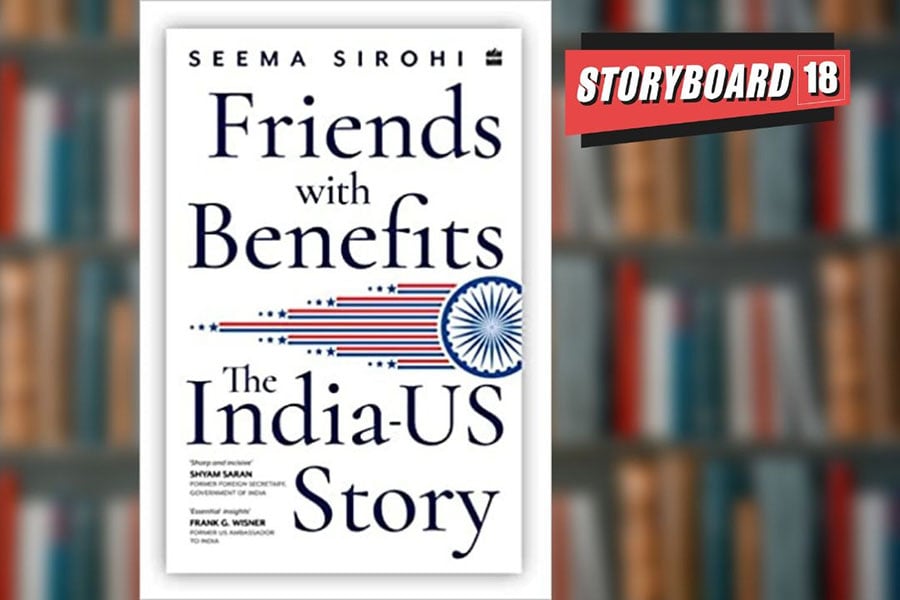
Bookstrapping: Seema Sirohi's Friends with Benefits traces the diplomatic history between India and the United States over half a century
The author touches upon the strained relationship between India and the US, the importance of 'language' in diplomacy and pivotal incidents surrounding the visit of former and current Prime Minister Manmohan Singh and Narendra Modi, and former foreign minister Sushma Swaraj. Rating: 3.5 stars
 Written by the pen of journalist, the book unravels facts. At the same time, in true journalistic style, it does not take what is said at face value.
Written by the pen of journalist, the book unravels facts. At the same time, in true journalistic style, it does not take what is said at face value.
Did you know that there is a Gandhi Solar Park atop the UN Headquarters in New York? Welcome to our 60th book review on Bookstrapping. To celebrate this, we have a book chosen by all of you, via a LinkedIn poll. 'Friends with Benefits' by Seema Sirohi features both information and analysis. It traces the diplomatic history of India and United States’ over half a century. Written by the pen of journalist, the book unravels facts. At the same time - in true journalistic style - it does not take what is said at face value.
Today, it is difficult to imagine that in 1971, President Richard Nixon wanted ‘China to scare the goddamn Indians to death.’ From this, to the newspaper headline in 1991 that said ‘Top defence firm briefs Pentagon on how to neutralize India,’ the story was sordid and scary. Then how did the bilateral relationships between the countries change to this extent?
Presenting our five Bookstrapping insights -
1. The obvious is stated, but in a context that explains the strained relationship between India and the US. ‘Weapons contractors tended to have a negative impact on relations between countries,’ goes the line. Reminded me of Eisenhower’s military-industrial complex.
2. Readers realise the significance of Prime Minister Manmohan Singh's visit to the White House on 18th July 2005, a historic visit that expanded the nuclear five to nuclear six, placing India into that cohort. President Bush’s words were significant - “as a responsible state with advanced nuclear technology, India should acquire the same benefits and advantages as such other states.” This was the beginning of the change.







